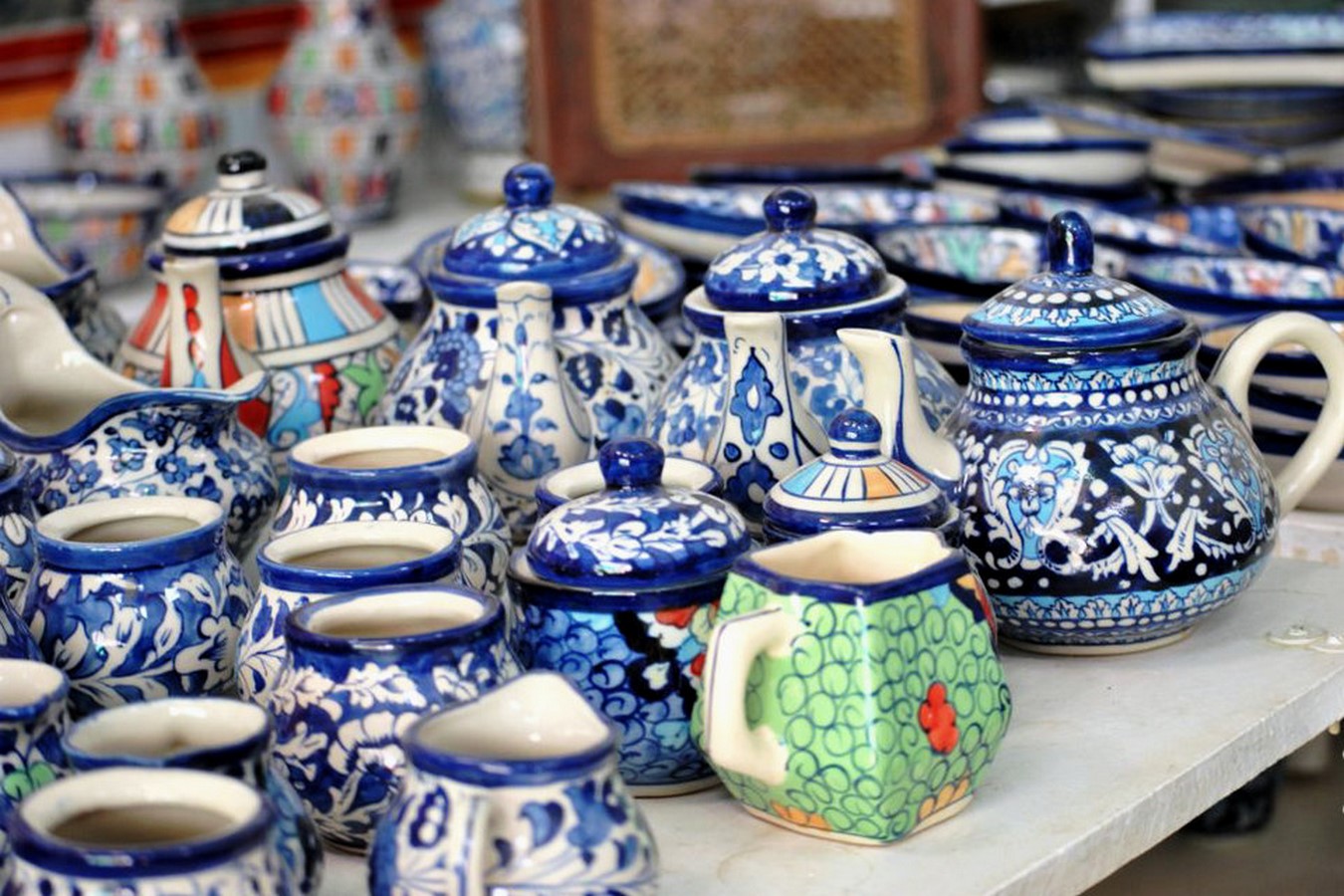Ceramics, a fascinating art form that has transcended time, continues to captivate us with its beauty and versatility. From intricate pottery designs to high-tech applications, the pottery ceramics market has witnessed exponential growth. In this blog, we will delve into the components that make ceramics, explore its journey through pottery, delve into the lucrative pot market, highlight its diverse applications, and glimpse into the future of this remarkable industry.
Components That Make Ceramics
Ceramics are composed of inorganic, non-metallic materials that are typically shaped and hardened through the application of heat. The key components of ceramics include clay, minerals, and water. The primary raw material used in ceramics, clay is a finely-grained natural substance known for its plasticity when moist and its ability to harden when fired. Various minerals, such as feldspar, quartz, and kaolin, are often added to clay to enhance its properties and create specific types of ceramics. Water acts as a binding agent, allowing the clay to be molded into desired shapes.
How It Ended Up In Pottery
The ancient art of pottery is the foundation upon which the ceramics industry stands today. Humans have been crafting pottery for thousands of years, dating back to the Neolithic period. The discovery that clay could be shaped, dried, and fired to create durable vessels revolutionized early civilizations. From functional household items to decorative art pieces, pottery became an integral part of human culture and trade.
The Big Pot Market
The market has experienced remarkable growth in recent years. According to a report by Polaris Market Research, the global pottery ceramics market is expected to reach USD 15.83 billion by 2032, with a compound annual growth rate (CAGR) of 3.7% from 2023 to 2032. Key factors driving this growth include:
- Increasing demand for aesthetically appealing home decor and tableware products.
- Growing preference for handmade, unique pottery pieces over mass-produced alternatives.
- Rising interest in personalized and customized ceramics.
- Rapid urbanization and expanding middle-class population, particularly in emerging economies.
A Lot Than A Pot
The applications of ceramics extend far beyond the realm of pottery. Let’s explore some fascinating uses of ceramics in various industries:
- Aerospace and Defense: Ceramics play a vital role in the production of high-performance components, such as turbine blades, heat shields, and missile nose cones, due to their exceptional strength, thermal resistance, and low weight.
- Electronics: Ceramic materials are widely used in the electronics industry for manufacturing capacitors, resistors, insulators, and substrates. Their excellent electrical and thermal properties make them ideal for electronic applications.
- Medical and Dental: Ceramics find extensive use in the medical and dental fields for the production of implants, prosthetics, dental crowns, and braces. Their biocompatibility, durability, and resistance to corrosion make them suitable for these applications.
- Automotive: Ceramics are utilized in the automotive industry for manufacturing catalytic converters, spark plugs, and engine components. Their ability to withstand high temperatures and chemical resistance make them indispensable in this sector.
Ceramics Future
As we step into the future, the ceramics industry holds immense potential for growth and innovation. Advancements in technology and materials are expanding the possibilities for ceramics across various sectors. With the rising demand for sustainable and eco-friendly materials, ceramics are likely to gain even more prominence. Additionally, the integration of ceramics with emerging technologies such as 3D printing and nanotechnology opens up new avenues for creativity and product development.
In conclusion, the pottery ceramics market stands as a testament to the enduring appeal and adaptability of ceramics. From its humble beginnings in pottery to its vast array of applications, ceramics continue to captivate us with their beauty, functionality, and versatility. As we embrace the future, the industry will undoubtedly continue to thrive, driven by innovation, craftsmanship, and the timeless allure of this remarkable material.

